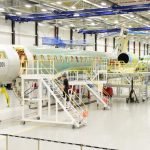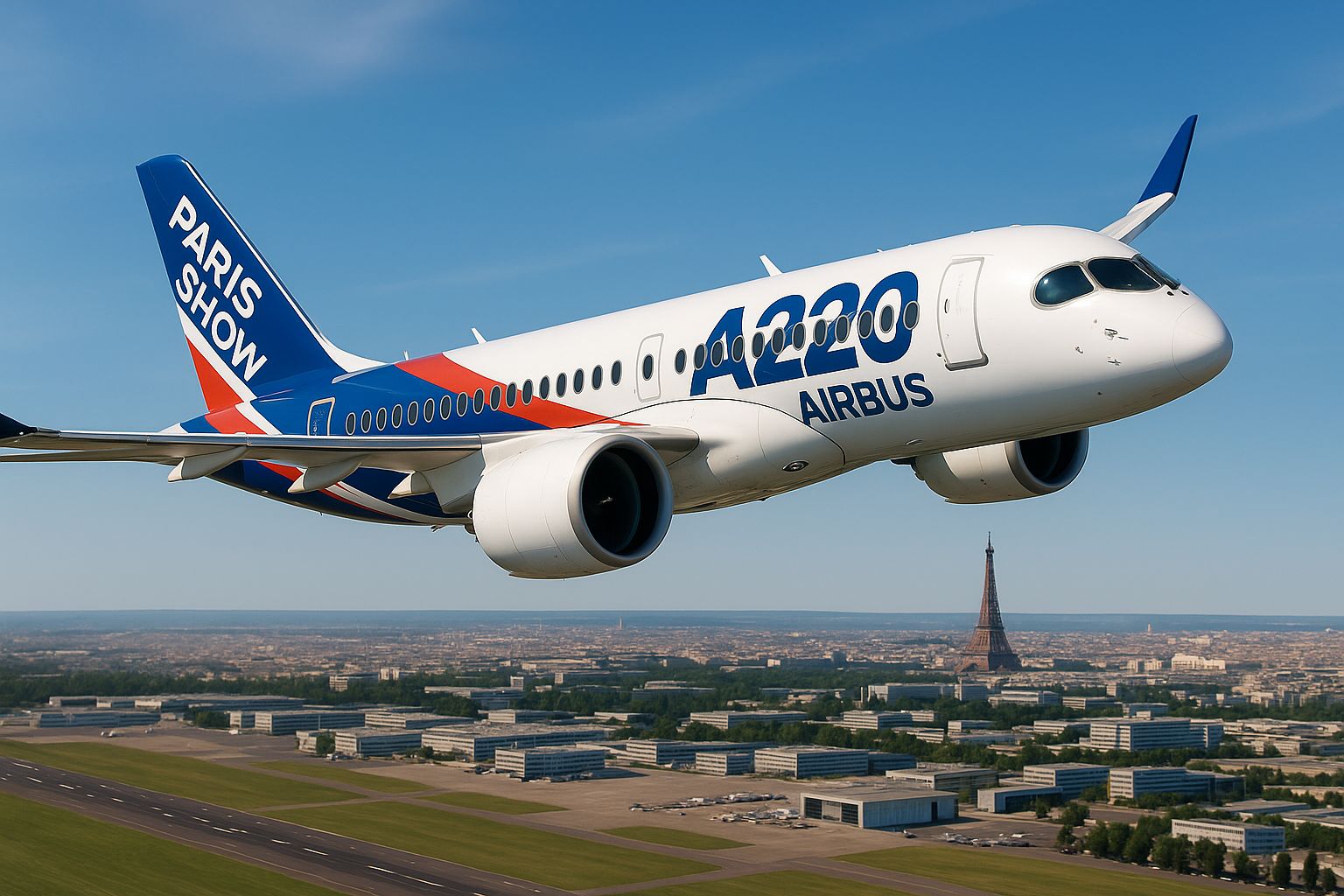Could Airbus’s A220 Deals be the New Game-Changer for AirAsia and Royal Air Maroc?
In a rapidly evolving global aviation market, could recent Airbus A220 deals reshape fleet strategies for major airlines?
Recent moves by AirAsia and Royal Air Maroc suggest precisely that, signalling significant new wins for Airbus and potential shifts in the aerospace landscape.
Royal Air Maroc Eyes Historic Airbus Order
Royal Air Maroc (RAM), Morocco’s national airline, which has traditionally been a strong Boeing partner, is making headlines as it reportedly considers adding up to 20 Airbus A220 aircraft to its fleet. According to detailed reports from FlightGlobal and Reuters, the deal would mark Airbus’s first significant order with RAM in nearly a quarter of a century.
The airline’s fleet renewal program primarily features Boeing’s long-haul 787 Dreamliner and medium-haul 737 MAX. However, the inclusion of Airbus’s smaller, fuel-efficient A220 would strategically diversify RAM’s offerings, particularly valuable as Morocco prepares to co-host the FIFA World Cup in 2030. With increased tourism and demand for regional connectivity, RAM sees the A220’s performance and efficiency as vital.
Sources indicate that the Moroccan flag carrier is drawn to the A220’s fuel efficiency, which offers up to 20% lower fuel burn per seat compared to previous-generation aircraft, significantly reducing operating costs and carbon footprint—a critical factor in today’s environmentally conscious aviation market.
Such Airbus A220 deals could also serve as a strategic turning point for RAM, boosting Airbus’s presence in previously Boeing-dominated markets.
AirAsia Nears Landmark 100 A220 Airbus Deal
Parallel to RAM’s developments, Southeast Asia’s budget giant AirAsia is reportedly close to signing an unprecedented order for at least 100 Airbus jets, prominently featuring the Airbus A220 deals. This potential mega-deal, as Reuters highlights, could be formally announced at the upcoming Paris Air Show, one of the aerospace industry’s premier events.
AirAsia, already heavily invested in Airbus’s A320 family for its extensive regional network, views the smaller, more economical A220 as the ideal aircraft to enhance regional operations. The airline’s operations often involve short-haul flights, where efficiency and turnaround speed directly impact profitability. Analysts suggest the A220’s ability to operate economically on shorter, thinner routes makes it an excellent complement to AirAsia’s larger A320 family fleet.
Moreover, with passenger traffic rapidly recovering across the Asia-Pacific region post-pandemic, airlines are aggressively positioning themselves for a more sustainable, fuel-efficient future. The A220, with its cutting-edge aerodynamics, Pratt & Whitney geared turbofan engines, and innovative cabin designs, meets this precise demand.
Why the Airbus A220?
The Airbus A220 has quickly gained traction globally since its introduction. Originally developed by Bombardier as the CSeries, Airbus took a controlling stake in the program in 2018. This aircraft uniquely blends comfort, efficiency, and operational flexibility, appealing to airlines across diverse markets.
As recently reported by Fliegerfaust, despite its growing popularity, the A220 program has faced production hurdles, including unexpected incidents at its Mirabel facility, which have affected monthly deliveries. Such operational challenges emphasize the complexity Airbus faces in ramping up production to meet growing global demand.
Market Impact of Airbus A220 Deals
These potential orders collectively represent significant validation for the A220 program, especially as Airbus continues competing fiercely with Embraer’s E2 series regional jets. Securing large-scale orders from carriers like AirAsia and established airlines like Royal Air Maroc bolsters Airbus’s competitive positioning, particularly in regions traditionally dominated by Boeing or regional jet manufacturers.
The emerging success of the A220 reflects a broader industry shift towards efficiency and sustainability. Airlines are increasingly pressured to manage environmental footprints and operational efficiency simultaneously—an aspect where the A220 particularly excels.
Challenges Ahead?
While optimism surrounds these developments, questions remain. Can Airbus smoothly scale production to meet potentially vast new demands without compromising existing orders? Further, will the market fully embrace the smaller A220’s operational advantages compared to larger, more established single-aisle jets like the Airbus A320 or Boeing’s 737 MAX?
Moreover, as highlighted by Fliegerfaust’s deep dive into the potential A220-500, the challenges of stretching the aircraft without significant wing redesign raise essential questions about the future versatility and market potential of the A220 platform.
As these deals unfold, Airbus faces heightened pressure to demonstrate robust operational and logistical strategies to ensure seamless delivery and fleet integration for airlines undertaking substantial fleet restructuring.
Conclusion: A Pivotal Moment?
The Airbus A220 stands at a pivotal junction, with Royal Air Maroc and AirAsia poised to be significant adopters. These developments could redefine both airlines’ fleet strategies and reinforce Airbus’s position in competitive markets.
Yet, crucial questions linger. Will these new orders drive a significant industry shift towards smaller, efficiency-focused aircraft, or will operational realities temper enthusiasm? Will Airbus successfully accelerate A220 production?
Ultimately, airlines must thoroughly evaluate whether the Airbus A220 will sustainably fulfill their long-term strategic and operational needs. Could the Airbus A220 indeed become aviation’s new standard bearer?
As aviation enthusiasts and industry professionals closely follow these developments, airlines must carefully consider if now is the right time to heavily invest in this promising aircraft. This includes evaluating whether all issues with its Pratt & Whitney engines will be fully resolved before delivery.
Will the A220’s efficiency and adaptability indeed become the key differentiator Airbus anticipates?









